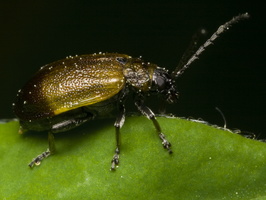- sort orderDefault
Photo title, A → Z
Photo title, Z → A
✔ Date created, new → old
Date created, old → new
Date posted, new → old
Date posted, old → new
Visits, high → low
Random - Google Map
- map
 home / Insecta · vabzdžiai / Coleoptera · vabalai / Chrysomelidae · lapgraužiai / Lochmaea caprea · blindinis rusvys
home / Insecta · vabzdžiai / Coleoptera · vabalai / Chrysomelidae · lapgraužiai / Lochmaea caprea · blindinis rusvys

-
 Lochmaea caprea · blindinis rusvys
Lochmaea caprea · blindinis rusvys
-
 Lochmaea caprea · blindinis rusvys
Lochmaea caprea · blindinis rusvys
-
 Lochmaea caprea · blindinis rusvys
Lochmaea caprea · blindinis rusvys
-
 Lochmaea caprea · blindinis rusvys
Lochmaea caprea · blindinis rusvys
-
 Lochmaea caprea · blindinis rusvys
Lochmaea caprea · blindinis rusvys
-
 Lochmaea caprea · blindinis rusvys
Lochmaea caprea · blindinis rusvys
-
 Lochmaea caprea · blindinis rusvys
Lochmaea caprea · blindinis rusvys
-
 Lochmaea caprea · blindinis rusvys
Lochmaea caprea · blindinis rusvys
-
 Lochmaea caprea · blindinis rusvys
Lochmaea caprea · blindinis rusvys
-
 Lochmaea caprea · blindinis rusvys
Lochmaea caprea · blindinis rusvys
-
 Lochmaea caprea · blindinis rusvys
Lochmaea caprea · blindinis rusvys
-
 Lochmaea caprea · blindinis rusvys
Lochmaea caprea · blindinis rusvys
-
 Lochmaea caprea · blindinis rusvys
Lochmaea caprea · blindinis rusvys
-
 Lochmaea caprea · blindinis rusvys
Lochmaea caprea · blindinis rusvys
-
 Lochmaea caprea · blindinis rusvys
Lochmaea caprea · blindinis rusvys
Lochmaea caprea · blindinis rusvys
- willow leaf beetle
- Braungelbe Weidenblattkäfer
- blindinis rusvys, blindinis lapgraužis
- naliścica wierzbowa, szarynka iwówka
- sälglövbagge
It is distributed throughout almost the entire Palearctic. Eggs are laid in the litter on the ground, resulting in newly hatched larvae having to climb the stem of the plant before they can start to feed. Larvae and adults feed on willows, birch trees, poplars.
Body length be 4-6 mm. They are brownish yellow to greyish yellow, with the head, the scutellum, and occasionally the impressions on the pronotum being black. Elytra have an uneven, dark, dot-like structure. The antennae are lighter at the base and become darker towards the tip. Femora are dark, tibiae and tarsi are light.